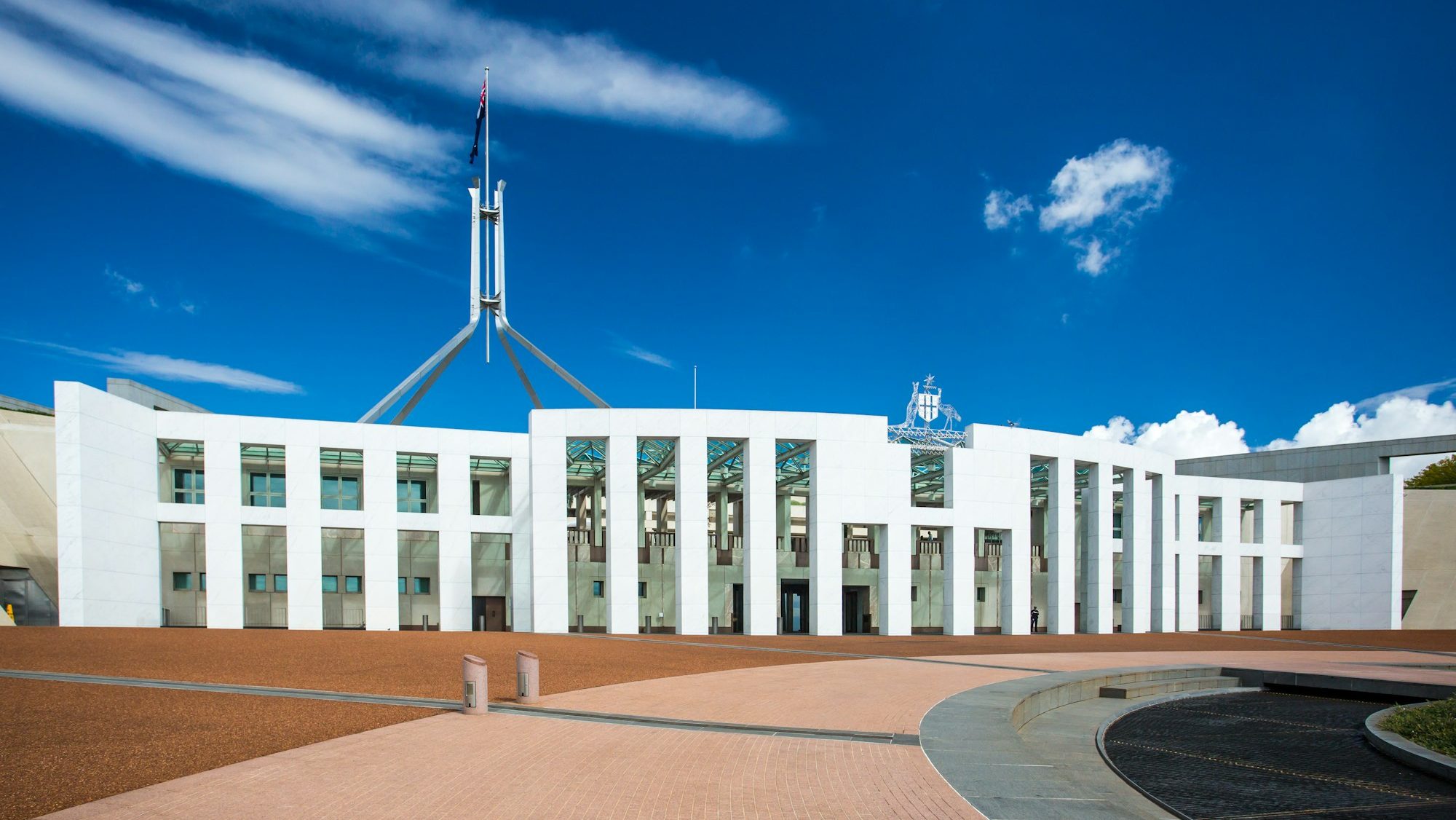The changes made to superannuation in the May 2021 Federal Budget have been positively received by working Australians who previously had limited access to compulsory employer superannuation contributions, and those older Australians keen to increase their balances in the lead up to retirement.
One of the major changes announced in the federal budget is the removal of the $450 monthly income threshold for the Superannuation Guarantee (SG). This means that people on low incomes will still receive some superannuation contributions for their work. It will benefit younger people and women, who are more likely to be in part-time, casual, or irregular work.
However, some employers may find the administrative requirement tough in cases where workers earn very small amounts. The change will bring a number of people into the superannuation net but may also introduce an extra administrative burden for employers. There may be consideration down the track for another low-level threshold, say $50, so employers are not engaged in very small-scale super contributions.
The proposed changes will result in 300,000 workers across Australia receiving additional SG payments each month, with 63 percent of these workers being women.
Super funds claim that the average 30-year-old woman just scored $85,000 over the course of a lifetime as a result of budget changes to retirement income rules.
The Federal Budget
The government decided to stick to the plan to increase compulsory super contributions by employers to 12 percent and force bosses to pay super even for part-time work. This measure is expected to be implemented on 1st July 2022 and decrease the underlying cash balance by $31.5 million over the forward estimates period.
The Retirement Income Review found that 63% of those earning less than $450 a month are women, and the median gender gap in superannuation balances at retirement is 22%. Over 200,000 women will benefit from the Superannuation Guarantee Threshold being scrapped.
Industry bodies have lobbied for the removal of the threshold, including the Australian Institute of Superannuation Trustees, Women in Super, and Association of Superannuation Funds of Australia.
Abolishing the $450 monthly earnings requirement is not expected to cost employers much, adding only a couple of hundred dollars on average to their costs for every employee.
Another key change benefiting senior Australians is lowering the minimum age from 65 to 60 for the one-off $300,000 downsizer contribution. The elimination of the work test for those aged 67 to 74 will make it easier for older retirees to add to their super. These changes may give retirees less stress and more peace of mind.
The legislated SG increase to 10% from 1 July 2021, then by 0.5% per year until it reaches 12% in 2025 will be implemented. For SMSFs, the new changes enabling trustees living overseas to maintain control of their funds for five years, up from two years, and the elimination of active member requirements will be welcomed by the Australian public.





